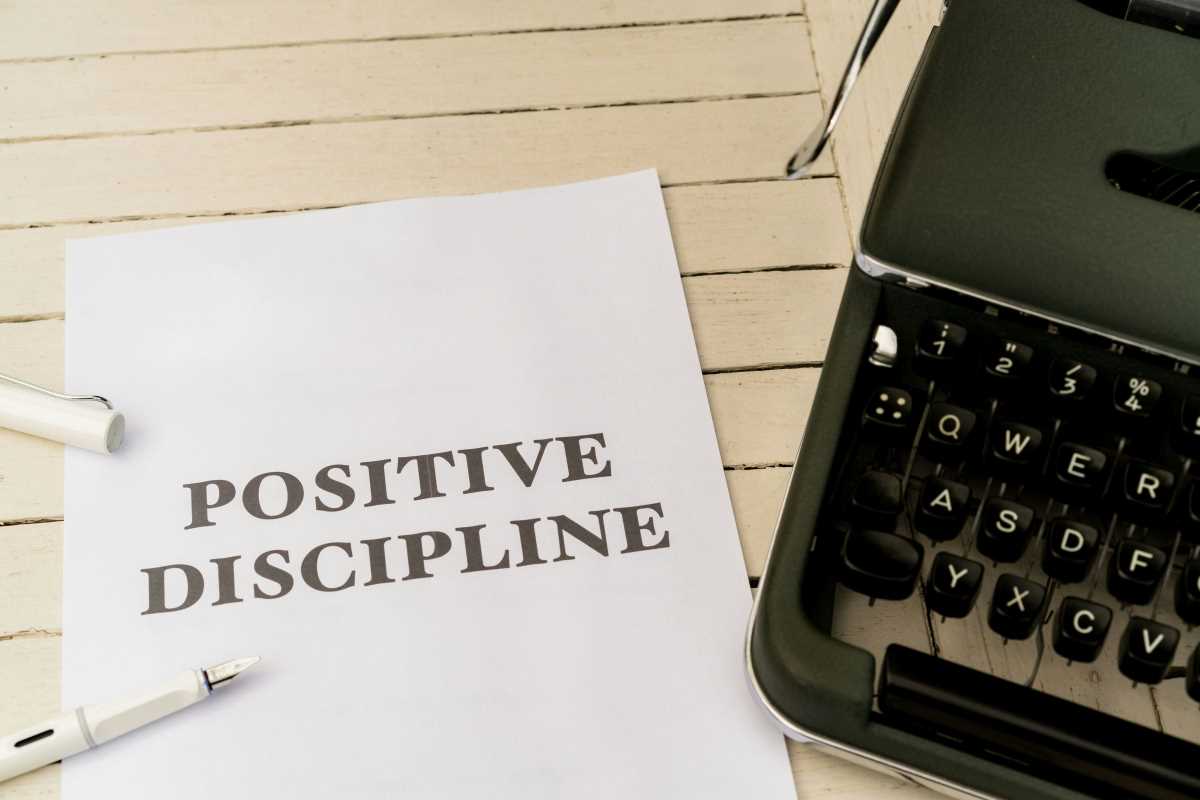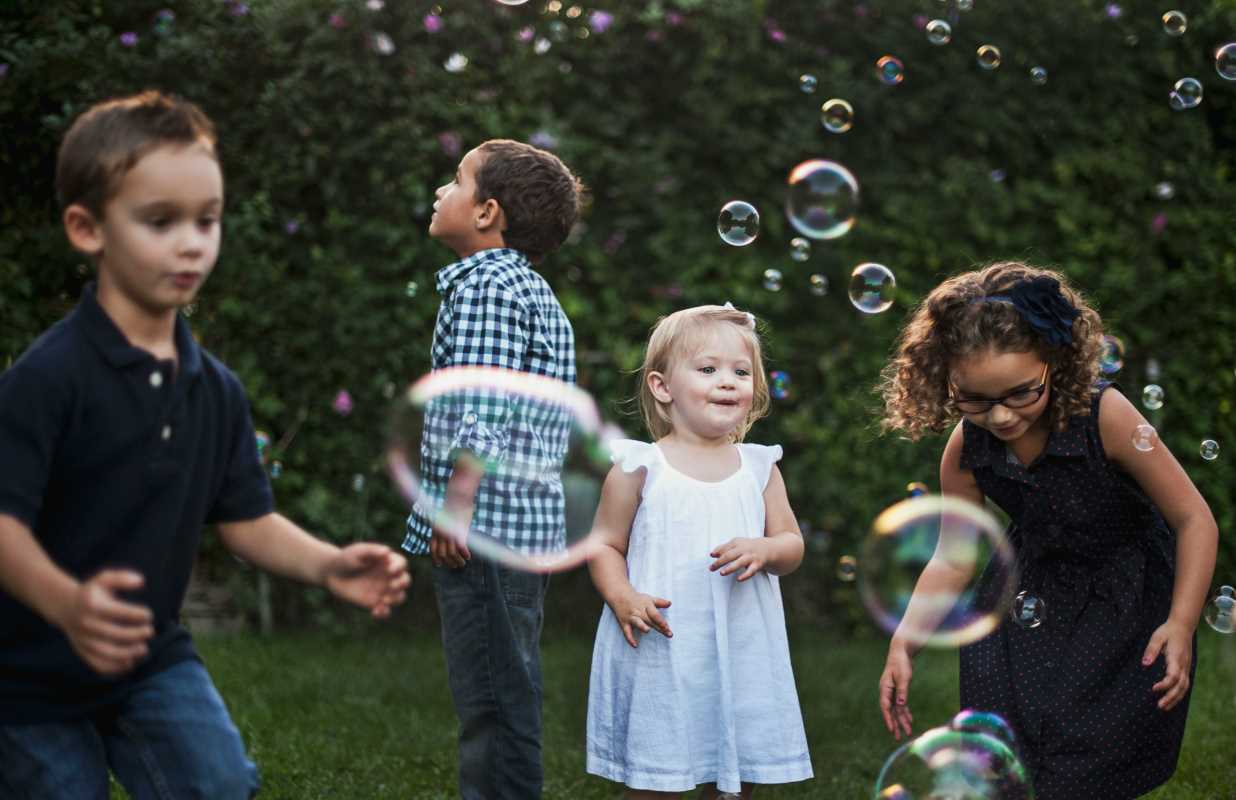As a parent, you are your child’s first and most important teacher. A huge part of that teaching role involves shaping their behavior, encouraging the things you want to see more of, like kindness and cooperation, and discouraging the things you’d rather see less of, like tantrums and talking back. In the world of parenting advice, terms like "positive reinforcement," "negative reinforcement," and "punishment" get thrown around a lot, often in confusing and contradictory ways.
Understanding these concepts isn't just about learning psychological jargon; it's about gaining a powerful set of tools to guide your child more effectively and compassionately. When you understand the "why" behind different behavioral strategies, you can move beyond simply reacting to misbehavior and start proactively building the positive behaviors you want to nurture. This knowledge can help you create a more peaceful home environment and foster a stronger, more connected relationship with your child.
What Exactly Is Reinforcement?
Before we dive into the positive and negative, it’s important to understand the core concept. In simple terms, reinforcement is anything that happens after a behavior that makes it more likely that the behavior will happen again in the future. It’s a foundational principle of behavior science, and it’s something we all experience and use every day, whether we realize it or not. When you get a compliment on a new shirt, you’re more likely to wear it again. When your favorite coffee shop gives you a free drink after ten purchases, you’re motivated to keep buying your coffee there.
The key word here is reinforce, to strengthen. The goal of any type of reinforcement, whether positive or negative, is always to increase a specific behavior. This is the crucial point that distinguishes reinforcement from punishment. Punishment, on the other hand, is anything that happens after a behavior that makes it less likely to occur again. While punishment aims to stop a behavior, reinforcement aims to encourage one. Understanding this distinction is the first step to using these tools effectively.
Decoding Positive Reinforcement: Adding a Good Thing
Positive reinforcement is probably the concept you’re most familiar with, even if you don’t use the official term. It involves adding something desirable after a behavior occurs to encourage that behavior to happen again. Think of it as a reward for a job well done. When your child cleans their room without being asked and you praise them for it, that praise is a form of positive reinforcement. You have added something pleasant (praise) to increase the likelihood that they will clean their room independently in the future.
The power of positive reinforcement lies in its ability to build intrinsic motivation and self-esteem. It teaches children what to do, rather than just what not to do. The "rewards" don't have to be material things like toys or money. In fact, social reinforcers are often the most powerful. Things like a high-five, a warm hug, specific praise ("I love how you shared your toy with your sister"), or extra one-on-one time can be incredibly effective. By focusing on and rewarding the good, you create a more positive and encouraging family dynamic where children are motivated to behave well because it feels good.
The Misunderstood Concept of Negative Reinforcement
This is where things often get confusing. The word "negative" makes us immediately think of punishment, but in the context of reinforcement, that’s not what it means. Negative reinforcement is the process of removing something unpleasant or aversive after a behavior occurs, which makes the behavior more likely to happen again. The "negative" part simply means taking something away. Think of the annoying beeping sound in your car that stops only when you buckle your seatbelt. The removal of the annoying sound reinforces the behavior of buckling up.
In a parenting context, this can be a useful, though sometimes tricky, tool. For example, imagine you have a rule that your child has to stay at the dinner table until they have eaten their vegetables. One night, they eat their vegetables right away. If you then say, "Wow, since you ate your vegetables so well, you don't have to help with the dishes tonight," you have removed an undesirable task (washing dishes) to reinforce the behavior of eating vegetables. The key is that negative reinforcement still aims to increase a good behavior by taking away something the child finds unpleasant.
- Reinforcement Increases Behavior: The goal of both positive and negative reinforcement is to make a specific behavior happen more often.
- Punishment Decreases Behavior: The goal of punishment is to make a behavior happen less often.
- Positive Means Adding: Positive reinforcement adds a desirable stimulus (like praise or a reward) to increase a behavior.
- Negative Means Subtracting: Negative reinforcement removes an undesirable stimulus (like a chore or an annoying sound) to increase a behavior.
- Focus on Positive First: Positive reinforcement is generally the most effective and healthiest tool for shaping long-term behavior.
Reinforcement vs. Punishment: A Crucial Difference
It is vital to distinguish negative reinforcement from punishment. Punishment involves either adding something unpleasant (positive punishment) or taking away something pleasant (negative punishment) to decrease a behavior. For instance, yelling at a child for hitting their sibling is positive punishment, you are adding an unpleasant stimulus (yelling). Taking away their tablet for the evening is negative punishment, you are removing a pleasant stimulus (screen time). In both cases, the goal is to stop the hitting.
While punishment can be effective at stopping a behavior in the short term, research consistently shows that it is less effective than reinforcement for teaching new behaviors and can have negative side effects. Punishment can create fear, anxiety, and resentment. It teaches children to focus on avoiding getting caught rather than on understanding why their behavior was wrong. Reinforcement, on the other hand, teaches children what they should do, fostering a sense of competence and a desire to make good choices.
How to Use Reinforcement Effectively in Your Home
To make these concepts work for you, the best strategy is to lean heavily on positive reinforcement as your primary tool. Be a detective for good behavior. Actively look for things your kids are doing right, sharing, being patient, helping out, and praise them for it immediately and specifically. Instead of a generic "good job," try, "Thank you for putting your shoes away without me asking. That really helps keep the hallway clear." This specificity tells them exactly what behavior you appreciate.
Use negative reinforcement sparingly and thoughtfully. It can be useful in situations where you are trying to teach a child to take responsibility for ending an unpleasant situation, like finishing a chore to be able to go play. When you do use it, make sure the connection is clear and logical. Above all, prioritize connection. Reinforcement works best in the context of a warm and loving relationship. When children feel seen, valued, and connected to you, they are naturally more motivated to cooperate and behave in ways that strengthen that bond.
 (Image via
(Image via





